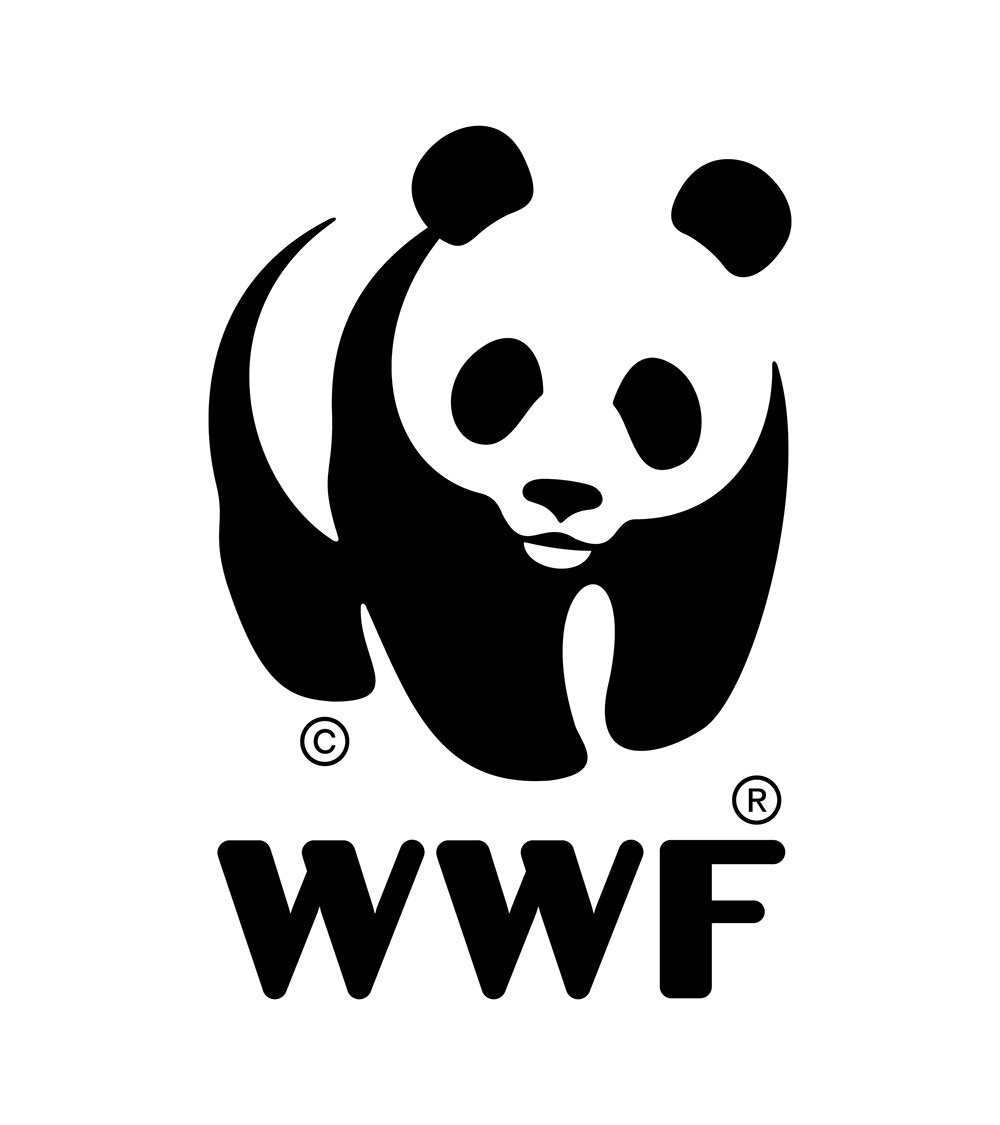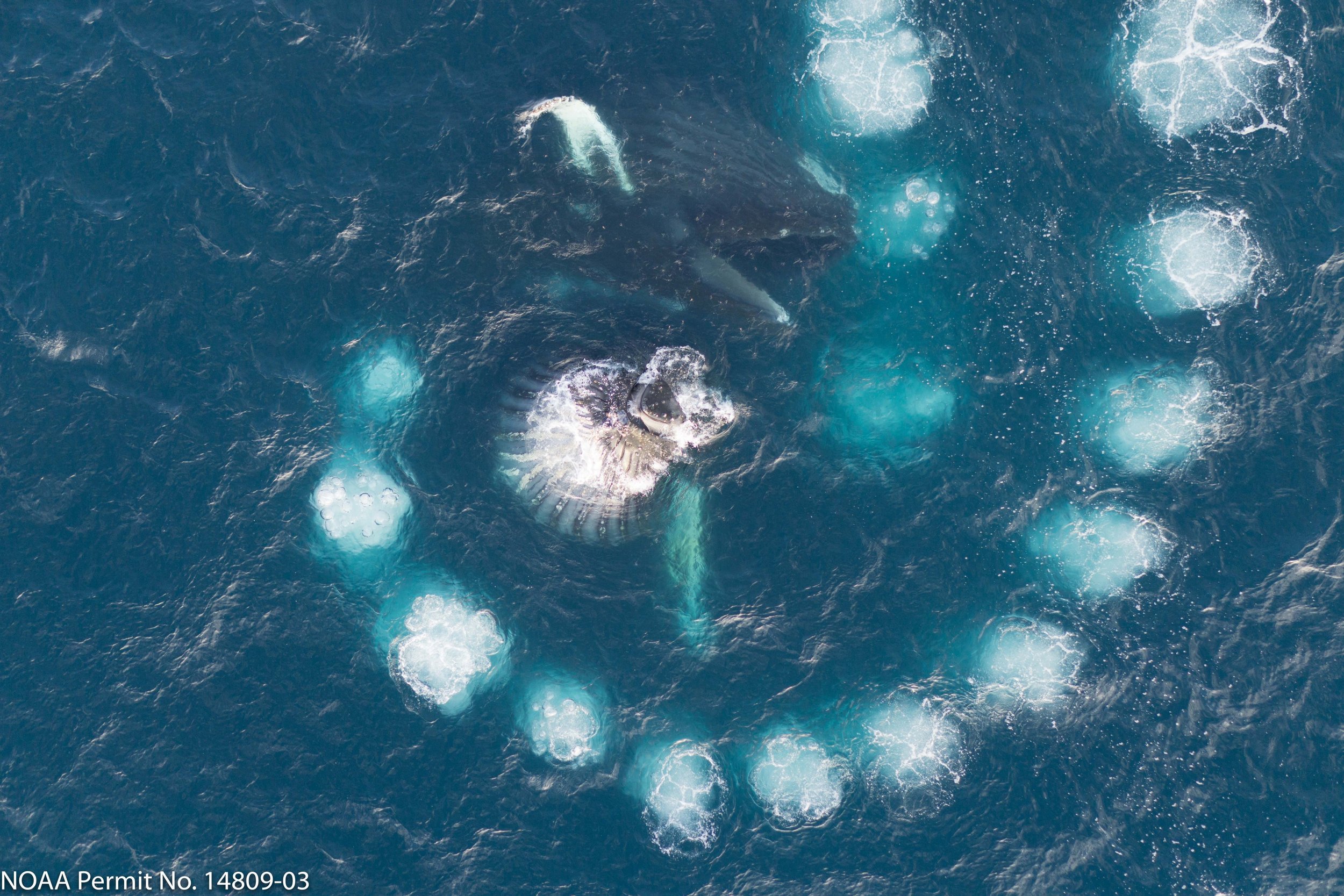Antarctic Krill: Powering baleen whales in the Southern Hemisphere
© Duke University Marine Robotics and Remote Sensing Lab-Permit-Under-NOAA
You may not realize but an unlikely hero resides in the Southern Ocean, Antarctic krill. These tiny crustaceans, no larger than a paperclip, are critical to the Southern Ocean food web and feed a wide variety of species, including baleen whales, penguins, seals and many other marine wildlife, who depend on them to survive.
Krill can live up to six years. They move in swarms along the ocean’s surface. Swarms can number anywhere from a few hundred to hundreds of millions of individual krill. These larger swarms can sometimes be seen from space. Varying swarm sizes are handy because they prevent one species from becoming the dominant consumer. For example, penguins may feast on a swarm with a few hundred krill, while blue whales will take advantage of swarms containing millions.
The whale pump
The Antarctic Peninsula is an important foraging area for many baleen whale species including humpback, fin, Antarctic minke, sei, southern right and blue whales. Antarctic krill are their main prey in the Southern Ocean and they eat a lot of it. For example, some estimates indicate that blue whales eat up to six tons of krill a day. This krill feast not only fuels whales but in many ways, it also fuels the surrounding marine ecosystem.
As baleen whales dive underwater to feed on krill and return to the surface to breathe and defecate, they bring important nutrients back to the top. This is called the whale pump. Whale feces are rich in nitrogen, iron and phosphorus. These are all important nutrients for phytoplankton, which reside in the upper layers of the ocean where there is light. These microscopic organisms are the base of numerous aquatic food webs and capture an estimated 40 per cent of carbon emissions. They also produce half the world’s oxygen.
© UCSC-WWF-Chris Johnson -PermitUnderNOAA
Adult krill consume phytoplankton through filter feeding and produce strings of fecal matter that contain large quantities of carbon, effectively transporting carbon for storage to the bottom of the Southern Ocean. Krill also regularly moult and discard their exoskeletons. These exoskeletons sink in the water column and provide an additional pathway for storing carbon. Krill in the Antarctic Peninsula region utilise the combined power of these two ecosystem processes to store an estimated twenty-three megatonnes of carbon annually.
© naturepl.com / David Tipling / WWF
“Krill are small but mighty,” says Emily Grilly, WWF’s Antarctic Conservation Manager and co-author of WWF’s report, Antarctic Krill: Powerhouse of the Southern Ocean. “They help nature and people by storing carbon and helping maintain stable climatic conditions. They also power some of the largest animals on Earth like the majestic blue whale. Without these tiny ocean heroes, our biggest heroes couldn’t survive.”
Threats to krill survival
Larval or baby krill rely on sea ice. They feed on ice algae, which clump together and form mats when light penetrates the undersurface of the sea ice. They also use the ice to shelter from predators.
Antarctica is one of the most rapidly warming regions on the planet. The climate crisis is causing sea ice levels to fluctuate across the area, directly impacting the number of krill available. This year researchers were alarmed to find that Antarctic sea ice reached the lowest minimum ever recorded. The climate crisis also impacts krill through ocean warming and acidification.
As their sea ice habitat recedes due to climate change along the Antarctic Peninsula and the Scotia Sea, research shows that Antarctic krill are moving southward by as much as 440 km. This shift in krill distribution is likely to drain energy from migrating whales. This energy depletion can impact body condition, reproductive fitness and population abundance.
Climate change isn’t the only threat these ocean heroes have to face. Krill fishing has increased dramatically across the region. Antarctic krill are extracted from the marine environment and used in feed for livestock and aquaculture, luxury pet feed, and human health supplements. These products are all manufactured using either krill meal or krill oil.
Commercial krill fishing and the Commission for the Conservation of Antarctic Marine Living Resources (CCAMLR)
“Krill fishing in Antarctica is managed by CCAMLR, established by an international convention in 1982 to help conserve Antarctic marine life. CCAMLR was primarily set up in response to increased interest in harvesting Antarctic krill,” says Emily Grilly. “Currently, CCAMLR does not include any information on climate change or fine-scale krill distribution in its assessment of risks to manage krill fisheries.”
This outdated management framework has led to issues. A predominant issue, apart from the fact that climate change scenarios have not been considered, is that the framework allows for highly concentrated fishing efforts in small regions. The vessels have sonar and acoustic technology designed to locate these krill swarms quickly. After a swarm is located, they will pillage the same area repeatedly. This tactic has resulted in more spatial overlap with predators like penguins, and new evidence shows that krill fishing combined with climate change is impacting this species.
This overlap has also resulted in reports of whale bycatch, the incidental capture of non-target species such as humpback whales. In 2021, three humpback whales perished after becoming trapped in krill fishing nets in the Antarctic Peninsula region. Similarly, in January 2022, another humpback whale lost its life after getting entangled in a krill net. These incidents illustrate that there is most likely considerable overlap between krill fishing vessels and actively foraging animals like humpback whales.
© Dr. Conor Ryan
Actions to safeguard marine wildlife in Antarctica
It is imperative that critical habitats are protected throughout the Southern Ocean for both krill and krill predators like baleen whales. CCAMLR has committed to establishing a network of Marine Protected Areas (MPAs) in this region. MPAs are conservation tools designed to protect biodiversity, promote healthy and resilient marine ecosystems, and provide societal benefits. Implementing effective MPAs will help conserve Antarctic biodiversity, including krill populations and whales. MPAs can also help monitor the impacts of climate change on the Antarctic ecosystem.
“Implementing a marine protected area around the Antarctic Peninsula is the most important piece of the puzzle,” says Emily Grilly. “It’s paramount that we protect biodiversity hotspots around the Peninsula and do everything in our power to help shield this delicate region of the world.”





